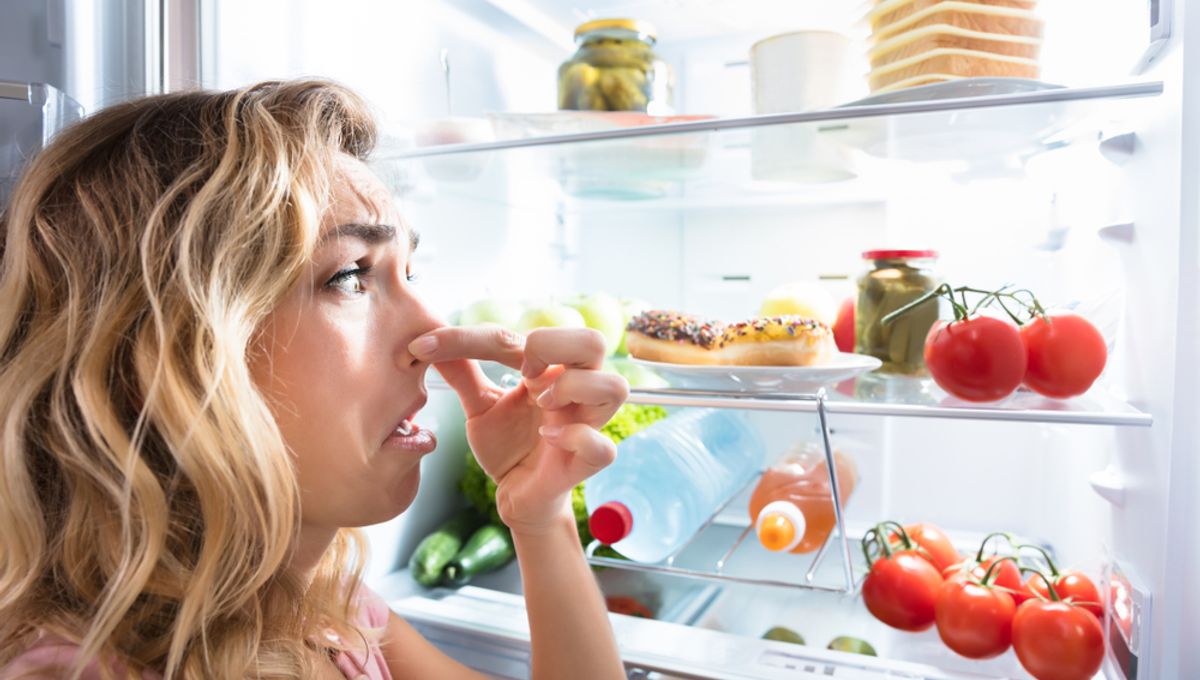Have you ever found yourself questioning whether food is still safe to eat? I’ll admit, even as a microbiologist, I sometimes fall into this trap. Just the other day, I pulled out some sliced chicken from the fridge to make sandwiches. The chicken was within its use-by date, but it had been sitting exposed in the fridge for a few days. Despite knowing better, I couldn’t resist giving it a sniff, hoping for some reassurance that it was still good.
As a microbiologist, I should know that the microbes that can make us sick don’t have a distinct smell. Yet, there I was, relying on the unreliable “sniff test” to determine the safety of my food.
While it’s true that some microbes produce odors as they grow, the ones that are most commonly associated with foodborne illnesses, like Listeria and Salmonella, are virtually undetectable by our noses. Even if they were present in small amounts, their metabolic actions wouldn’t produce any noticeable odor.
So, while there’s a small chance that Listeria may be present in the smoked salmon I bought, I won’t be able to smell it over the delicious aromas of dill and smoke. Similarly, even if there were Salmonella on the tomato I grabbed from the fridge, it would be impossible to detect through smell alone.
Spoiled food can smell, though
While our noses may not be reliable for detecting harmful pathogens, they can still help us identify spoiled food. When microbes break down food that has been left too long or stored improperly, they can create unpleasant odors. This is why the “sniff test” can be useful for determining if milk has gone bad and reducing food waste.
However, it’s important to note that not all strong odors indicate spoilage. Some foods, like certain cheeses, have distinct smells due to the microbial processes involved in their production. So, while my wife may disagree, these foods are not spoiled and shouldn’t be thrown away.
Ultimately, when it comes to food safety, it’s best to focus on proper storage and cooking techniques rather than relying on our noses. Scientists are developing more accurate tools for detecting foodborne pathogens, surpassing the limitations of our sense of smell.
So, next time you’re concerned about the safety of your food, remember to handle it correctly and cook it thoroughly. And maybe save your nose for appreciating the aroma of a good wine, rather than trying to sniff out pathogens.
Matthew Gilmour, Research Scientist; Director, Food Safety Research Network, Quadram Institute
This article is republished from The Conversation under a Creative Commons license. Read the original article.








